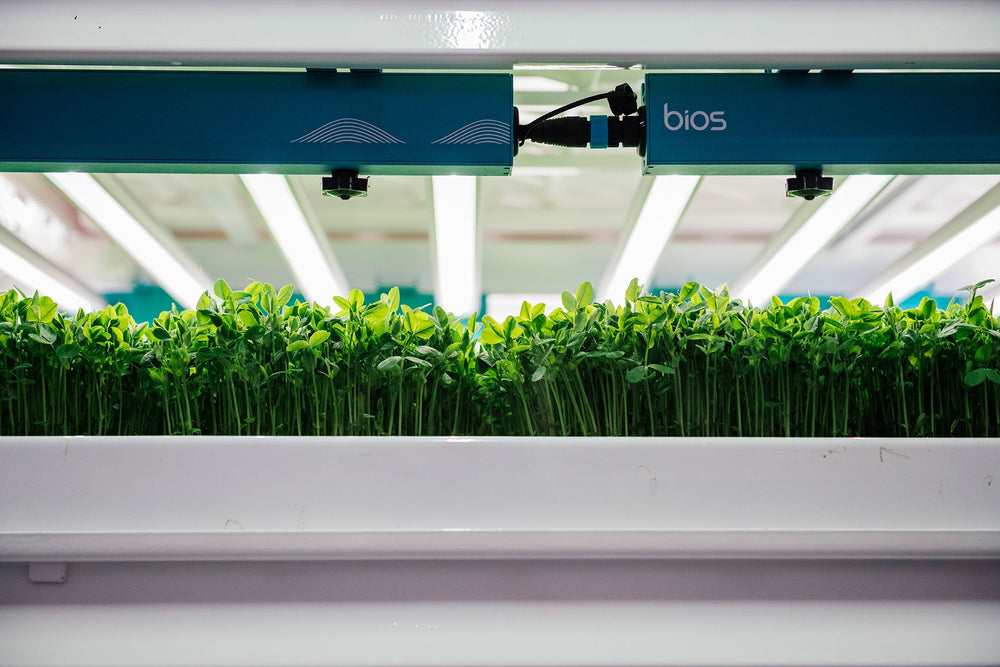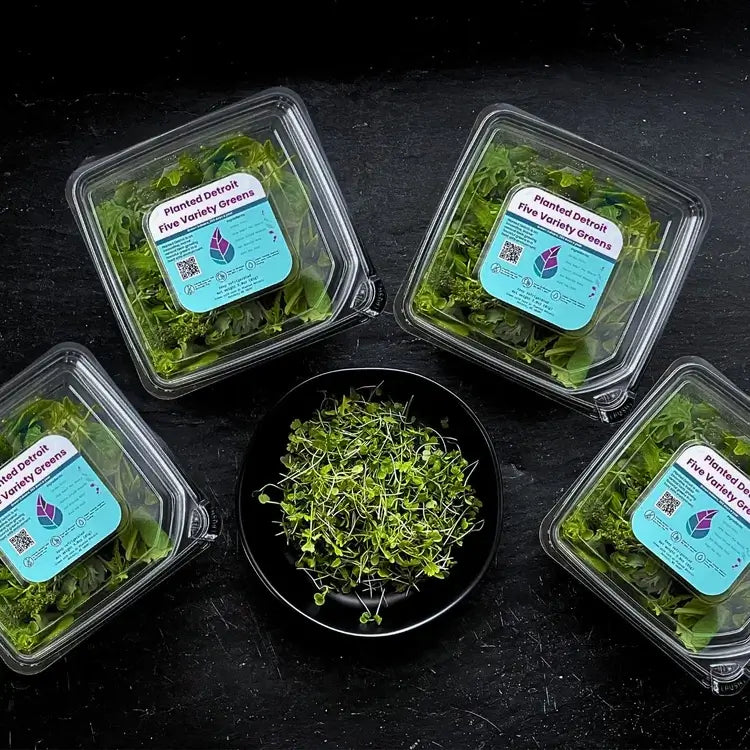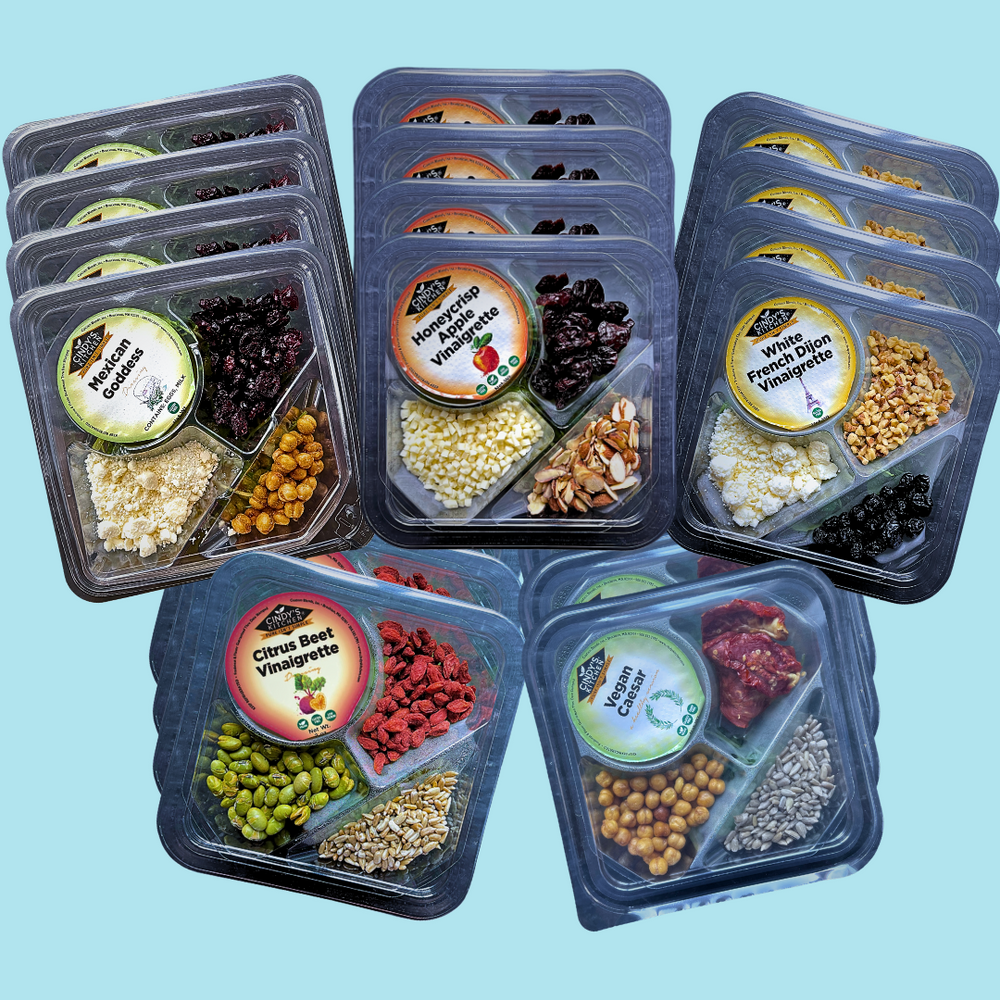
Tatum, our R&D Lead, is responsible for testing different recipes to discover the best growing formula for each of the greens we grow. A big piece of the puzzle in growing the tastiest greens possible is the light recipe. In this blog post, Tatum details how different types of light affect plants and how we utilize light to change not only the look but even taste of our crops.

In the world of indoor agriculture, one of the most important inputs we have control over is light. Generally the two types of artificial light used in plant factories are full spectrum LEDs or targeted spectrum LEDs, and Planted Detroit utilizes both. One of our PIPP Horticulture systems and our custom built system (affectionately known around the farm as PARS) are illuminated by Philips GrowWise targeted spectrum lights, while our other PIPP systems are equipped with Bios full spectrum lights. By having diversity in our light sources, we are able to maximize our efficiency, not only by producing high quality leafy greens, herbs, and microgreens in just a few weeks from seed to harvest, but also by reducing the amount of energy required to achieve the results we desire.
When plants are photosynthesising, they are using light in a range of wavelengths known as photosynthetic active radiation, or PAR, to turn photons into the chemical energy they use for growth and development. Wavelengths in the red and blue range of the light spectrum tend to be the most well absorbed by the chlorophyll found in plant cells, so targeting these wavelengths with specific lighting means getting a higher “bang for your buck” so to speak when considering the cost of running artificial lights. However, some targeted lighting has the potential to leave out UV or far-red light wavelengths that are also utilized by plants, which some full spectrum LEDs are able to supply.
Deciding what lights each of our 25 varieties prefer is a combination of background research and trials, growing plants under each type of light and adjusting intensity and wavelengths to get the results we are looking for while also trying to be energy efficient. For example, crops that are being transplanted need strong root systems established quickly, which we can aid by increasing the proportion of blue light in our targeted spectrum LED systems. If we then want these crops to elongate and increase leaf size, we can then adjust the recipe they are under at a later life stage to have a higher proportion of red light. Target plant color also plays a role in choosing light sourcing, as anthocyanin production that makes plants appear deep red or purple, like our Pak Choi, has been aided with increased blue light. If we want to bring out certain flavors in our greens, increasing the intensity of light we provide can help increase the concentration of flavor compounds in the plants, from the spicy bite of an arugula microgreen to the slightly citrusy tang of cilantro. Additionally, flowering can be triggered by higher light intensities and far red wavelengths, so we have been running trials of a few varieties of edible flowers under our full spectrum lights.
As the field of CEA continues to expand, we can expect to see more innovations and discoveries, both from academia and industry, and learn how to best utilize light technology to improve the quality and quantities of the plants we grow indoors.
Learn more about how light affects our plants.





